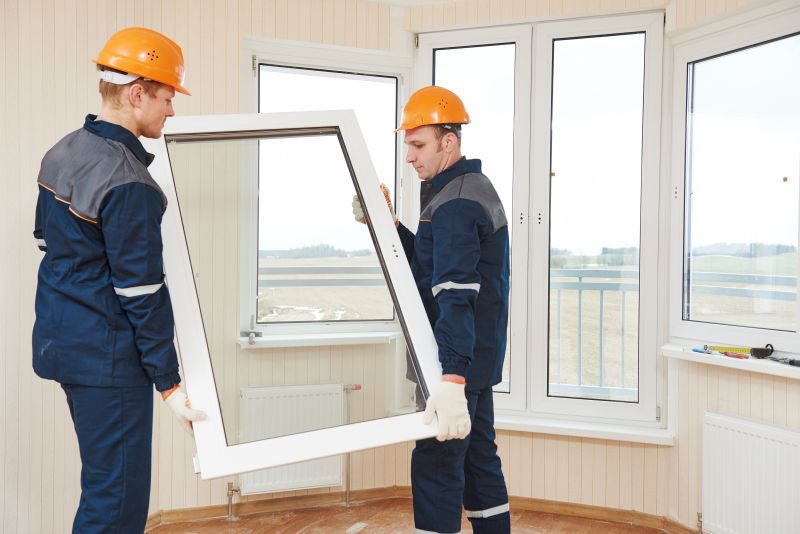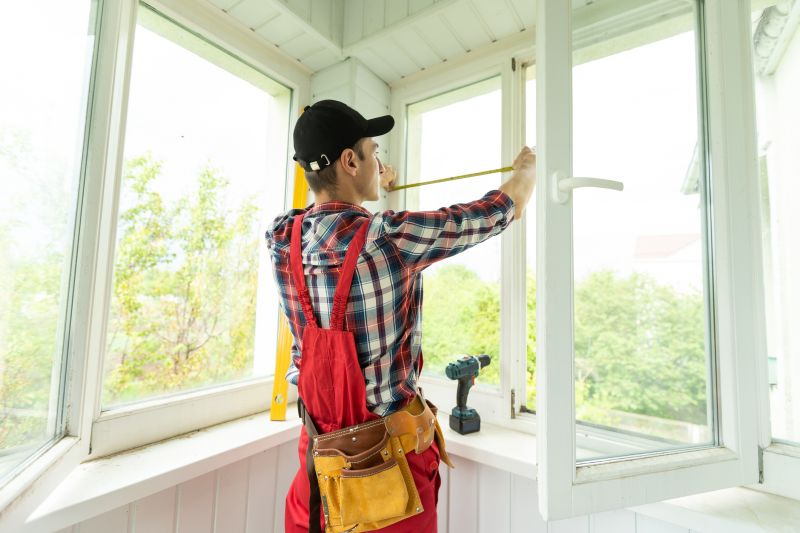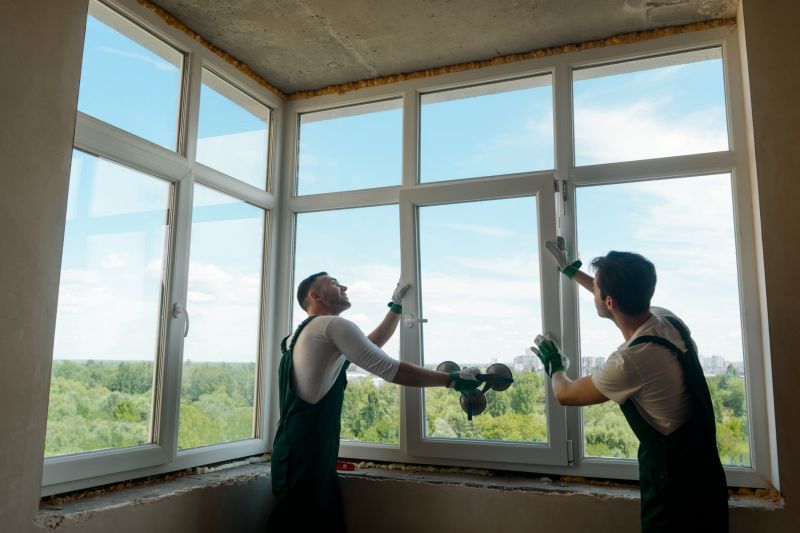Optimal Timing for Windows Installations
Determining the best time for Windows installations involves considering various factors such as system readiness, workload schedules, and seasonal conditions. Proper timing can ensure minimal disruption and optimal system performance.
Spring and fall are ideal for Windows installations due to moderate temperatures and stable weather, reducing the risk of environmental disruptions.
Perform installations during periods of low system demand to avoid conflicts with critical operations or peak usage times.
Schedule installations during planned maintenance windows or off-peak hours to minimize impact on productivity.
Ensure hardware is prepared and compatible before installation, which is easier to manage during planned upgrade periods.

Technicians preparing hardware for Windows setup.

Technicians working on a computer during installation.

Configuring settings after Windows installation.

Ways to make Windows Installations work in tight or awkward layouts.

Popular materials for Windows Installations and why they hold up over time.

Simple add-ons that improve Windows Installations without blowing the budget.
| Timing Aspect | Details |
|---|---|
| Seasonal Timing | Spring and fall offer optimal weather conditions for installations. |
| Business Operations | Schedule during low activity periods to reduce disruptions. |
| Hardware Readiness | Ensure hardware compatibility before planning the installation. |
| User Coordination | Align installation times with user availability. |
| Environmental Factors | Avoid extreme temperatures and weather events. |

A technician installing Windows on a desktop.

Preparing hardware for Windows upgrade.

Configuring Windows settings post-installation.

Verifying system stability after installation.
Interested in scheduling a Windows installation? Filling out the contact form provides the necessary details to plan an efficient upgrade process tailored to specific needs. Proper timing ensures a smooth transition and optimal system performance.



